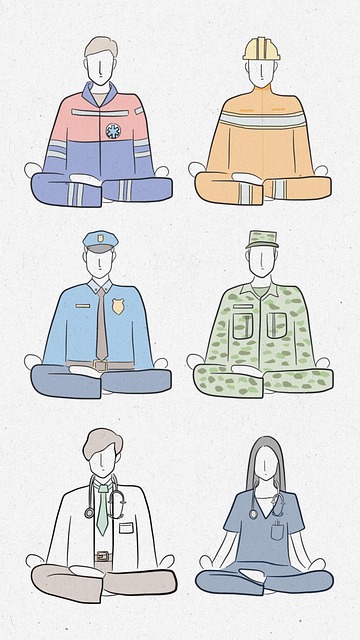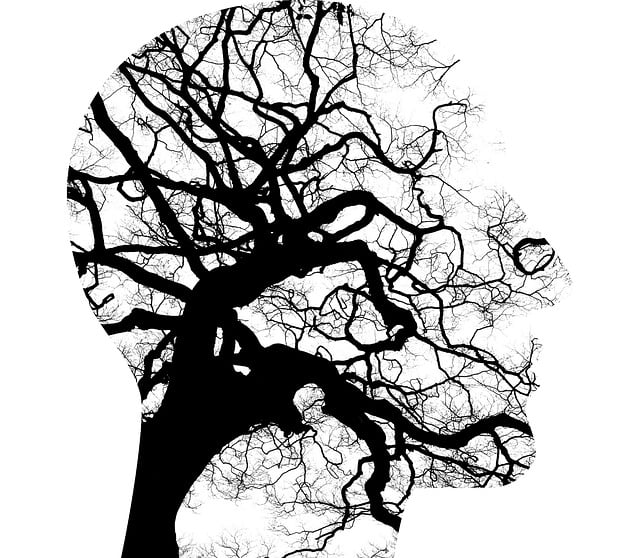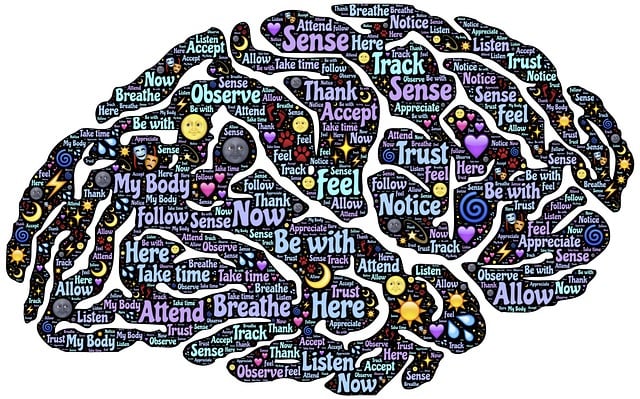The media plays a pivotal role in shaping public perceptions of mental health, with positive portrayals like those showcasing effective therapy (e.g., Lone Tree Terminal Illness Therapy) fostering empathy and reducing stigma. Conversely, negative or stereotyped representations perpetuate misconceptions. In the digital era, accurate media representation is crucial for reshaping societal views on mental health, particularly through initiatives by organizations like Lone Tree Terminal Illness Therapy, which challenge stereotypes and provide specialized services to combat stigma. Collaboration between media creators and mental health experts, including those at Lone Tree, can lead to more nuanced narratives that encourage open conversations about mental health, boosting support and confidence for both viewers and creators.
In today’s media landscape, the representation of mental illness holds immense power—either to perpetuate harmful stereotypes or foster understanding and empathy. This article explores the profound impact of media portrayal on public perceptions of mental health. We delve into the current state of representation, highlighting efforts by organizations like Lone Tree Terminal Illness Therapy to challenge stigma. Additionally, we propose strategies for positive change and emphasize the transformative role of storytelling in shaping a more empathetic society.
- Understanding the Impact of Media Portrayal on Mental Health Perceptions
- The Current State: How Lone Tree Terminal Illness Therapy is Addressing Stigma
- Strategies for Positive Change: Challenges and Solutions in Media Representation
- Fostering Empathy: The Role of Storytelling in Shaping Public Opinion
Understanding the Impact of Media Portrayal on Mental Health Perceptions

The media plays a significant role in shaping public perceptions about mental health. The way mental illness is portrayed in films, television shows, and news articles can influence how society understands and treats individuals with these conditions. Positive representations, such as those featuring characters receiving effective therapy like Lone Tree Terminal Illness Therapy, can foster empathy and reduce stigma. On the other hand, negative or stereotyped portrayals can perpetuate misconceptions and hinder support for those struggling.
Understanding these impacts is crucial, especially for mental health professionals who must navigate complex ethical territories. Compassion cultivation practices and emotional regulation strategies are essential tools for professionals to manage their own reactions to media content and ensure they provide accurate, empathetic care. Additionally, risk assessment techniques help professionals identify potential triggers or harmful representations in media that could negatively affect their patients’ well-being.
The Current State: How Lone Tree Terminal Illness Therapy is Addressing Stigma

In today’s digital age, media representation plays a pivotal role in shaping societal perceptions about mental health. The current landscape often falls short when it comes to accurately depicting the complexities and realities of various mental illnesses. This is where organizations like Lone Tree Terminal Illness Therapy are stepping up to challenge these stereotypes and foster Mental Health Awareness. By providing specialized services, they aim to address the stigma surrounding terminal illness, offering much-needed support for those affected.
Lone Tree’s approach involves a multi-faceted strategy, including Social Skills Training to enhance communication and understanding among patients, families, and caregivers. They also offer Trauma Support Services tailored to individuals dealing with dual trauma and mental health challenges. Through these initiatives, Lone Tree Terminal Illness Therapy is not just a beacon of hope but also a powerful tool in revolutionizing the way society perceives and supports those battling terminal illness.
Strategies for Positive Change: Challenges and Solutions in Media Representation

Media representation plays a pivotal role in shaping public perception about mental illness. While accurate and empathetic portrayals can foster understanding and reduce stigma, inaccurate or stereotypical representations can perpetuate harmful myths. To drive positive change, media creators should collaborate closely with mental health experts for advice on authentic storytelling. This includes seeking guidance on symptoms, treatment options, and the lived experiences of individuals navigating various mental health challenges, such as those sought by Lone Tree Terminal Illness Therapy.
By integrating these insights into scripts and production processes, media can offer more nuanced portrayals that reflect reality. Additionally, promoting diverse narratives featuring characters from different backgrounds and experiencing a range of conditions can help broaden audiences’ perspectives. Encouraging open conversations about mental health through compelling storytelling not only boosts confidence in seeking support but also aids in anxiety relief for both viewers and creators. Moreover, implementing rigorous risk assessments for mental health professionals featured or consulted on such projects ensures their well-being and the ethical handling of sensitive content.
Fostering Empathy: The Role of Storytelling in Shaping Public Opinion

Storytelling has a profound impact on shaping public opinion and understanding of mental illness, with media serving as a powerful tool to foster empathy among audiences. When portrayed accurately and sensitively, narratives about individuals living with terminal illnesses, such as those seeking Lone Tree Terminal Illness Therapy, can break down stereotypes and promote understanding. This is particularly crucial in the context of mental health, where stigma often prevails.
By immersing viewers or readers in a character’s personal journey, emotional struggles, and triumphs, stories have the potential to build empathy-building strategies that go beyond mere information dissemination. Well-crafted narratives can encourage emotional regulation and stress management skills within audiences, fostering a more compassionate and supportive society. This approach allows people to connect on an emotional level, understand complex experiences, and advocate for better mental health resources and services.
In addressing mental illness representation in media, we’ve explored the profound impact of storytelling on public perceptions and the crucial role it plays in challenging stigma. The current state, as shown by initiatives like Lone Tree Terminal Illness Therapy, offers promising solutions through authentic narrative and empathetic portrayal. By implementing effective strategies and fostering a culture of understanding, media can significantly contribute to enhancing mental health support and reducing stigma in society.











